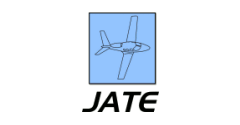Abstract
Aviation maintenance is paramount to the safety and efficiency of global air travel. Disturbingly, 2022 data revealed an unprecedented surge in severe injuries among aircraft maintenance technicians in the United States, prompting renewed scrutiny of the aviation maintenance occupational safety culture. In light of these developments, a systematic literature review was conducted to discern the influential factors shaping this safety culture, especially considering the industry’s rapid technological advancements. The review process involved meticulous key word searches, stringent article selection criteria, and qualitative data analysis software to interpret findings. From the synthesis of 35 peerreviewed articles, nine pivotal constructs emerged: (1) training and competence, (2) management and leadership, (3) resource and economic management, (4) work environment and conditions, (5) safety protocols, (6) human factors in technology, (7) communication, (8) documentation and reporting, and (9) external and regulatory oversight. The study highlights the intricacies of balancing human-centric factors with technological advancements, underscoring the need for continuous training, proactive safety measures, and a harmonious integration of technology. The findings emphasize the importance of an inclusive and proactive safety culture, especially as the industry navigates the challenges and opportunities presented by technological innovation.
Recommended Citation
Lee, Sang-A
(2025)
"Occupational Safety Culture in Modern Aviation Maintenance,"
Journal of Aviation Technology and Engineering:
Vol. 14:
Iss.
1, Article 3.
Available at: https://doi.org/10.7771/2159-6670.1326


